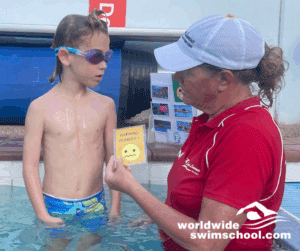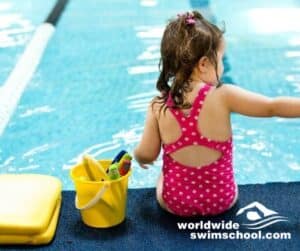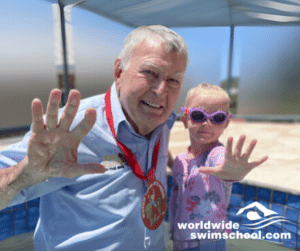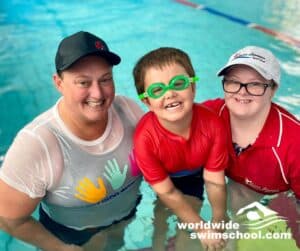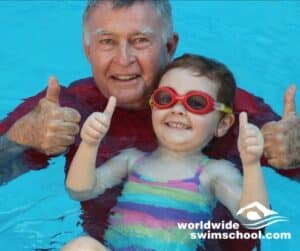There are a number of important top tips on teaching infants to swim that parents should know and teachers should follow. We have all witnessed news headlines of young children tragically drowning, or being involved in near drowning incidents, from falling into an open water area. These kinds of accidents happen much too often and we are doing everything in our power to see these numbers drop to zero. In this article we will take you through the top tips in teaching infants to swim.
Some Facts
According to the American Academy of Pediatrics (AAP), swimming lessons taken as a layer of protection against drowning can begin for many children starting from age 1.
Teaching Babies to Swim
There are a number of important top tips on teaching infants swim that all parents should know and teachers should follow. Watch the short video below to learn more.
Getting Started
By taking your child into the pool, you can begin teaching them the necessary water safety skills which may save their lives. This is a very important reason as to why children should be learning to swim early on. Also, by bringing them to the pool, you can teach them about pool safety and when it is okay to get in.
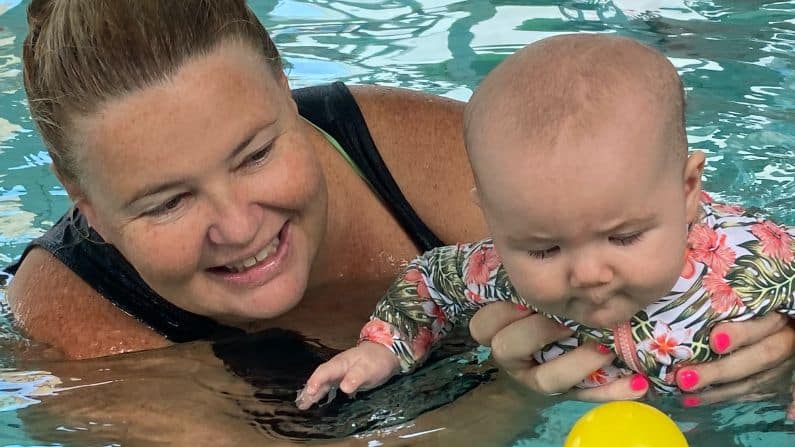
Tips for Infant Swim Lessons
- All lessons should be fun
- Do not submerge a child without first conditioning
- Do not submerge a crying baby
- Build independence by teaching gripping
- Vestibular stimulation is great for baby
- Back floating is excellent for safety
- Maintain eye contact
- Be knowledgeable, communicate, have fun and practice!
- Interaction builds social-emotional and intellectual capabilities
Get more information on how to teach infant to swim with our parent and carer online video packs and swim teacher packs.
Join our community to get our latest offers, specials, tips and hints.

